Techno is the fusion of man, music and machine, growing out of late-80s Detroit, via Europe, to become the worldwide phenomenon that we know today.
The style is made for the club, with a strong percussive backbone, played in 4/4 time. Some of the main trademarks of techno include minimalism and repetition, with slow, calm evolving changes throughout the length of the track acting to explore the musical themes of each piece – all while keeping the groove rolling.
With some 909 samples in hand, a few choice plugins, and plenty of track-building fodder, let’s get a groove down.
Looking for Techno sounds? Here are the bestsellers on Loopmasters
1. Start with the Beat
Because techno leans so heavily on its percussion and drums, these are often the first thing that music producers get to grips with when creating a track. When we say ‘start with drums’, we don’t just mean laying down four bars: we mean constructing the basic beat and percussion, and then starting to duplicate them out to form a track.

By adding some variation throughout, slowly evolving the patterns of each part, and dropping elements of your beat and percussion out and then in as the track progresses, you can start to get a picture of how your track will shape up – although of course, you can always change it to make more sense with your other instruments as things are fleshed out.
If you’re not sure how to structure your beat throughout the track, pay some attention to our next tip…
2. Reference your Arrangement
It might seem strange, but in this world of unlimited choices, leaving your options open can be counter-productive. You may have infinite routes to go down, but there are infinity-minus-one wrong choices you can make when creating your track.
By dragging a techno track that you respect right into your DAW from the start, and marking out its key sections – intro, main beat, build-up, drop, variation, etc… – in your DAW, you’ll have a basic skeleton of how to start structuring your track. You’re not copying the track itself here, with its musical elements; just how it flows together from one part to the next. This can be tremendously helpful as a scaffolding to making your own tune.
If you want to take it further, you can indeed adopt the track’s key and tempo, and start by adding some additional elements of your own to bulk it out – think some chords and percussion, perhaps. Then, when you remove the original track, you’ll have even more elements in place to start design original sounds around.
3. Get Reversing
Classic techno took advantage of early sampling technology, with artists squeezing as much from the gear of the time as they possibly could. One obvious way to mess up a sample back then was to hit the sampler’s Reverse button.
Today’s DAWs make it instant and accessible to reverse a sound, which you can layer into your tune alongside the original sample or as its own sound. When doing this, make sure not to go overboard, as the effect can be fairly cliche and overcooked when you’re writing for a minimal style. If you think you’re in danger of this, keep volumes down and low-pass filter your reversed sounds, keeping them as effects.
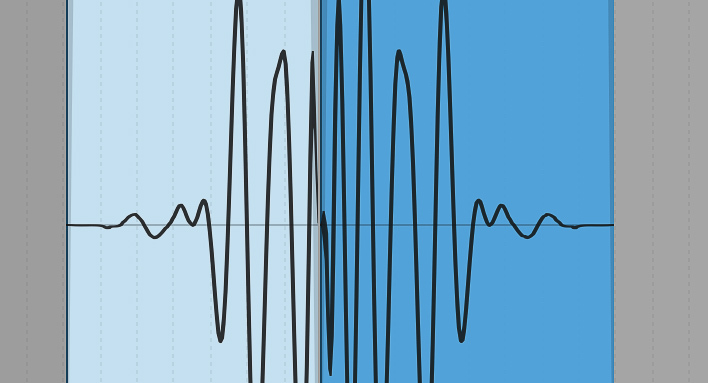
While most music is played to the grid, especially in Techno, reversed sounds are often best retimed by hand, with their loudest moments (their transient ‘attack’ portions) now coming later in the same. Try moving the reversed sounds with your DAW’s grid disabled, and even try chopping off or fading out that transient to keep the sample in context.
4. Find your own Percussion
With beats being so crucial to techno, simply whipping out some 909 sounds won’t make you original whatsoever. There are plenty of strategies to fix this, and we’ll talk about plenty of them in this article, but the best way to sound original is to create your own samples from scratch.
Using a handheld recorder, a proper mic or even your phone microphone, head out and look for some real-world hits to add into your track. While creeping around an industrial estate could be the right thing for a certain flavour of techno, you don’t even have to leave the house if you don’t want to. Get creative with what you find around the house (and especially in the kitchen) to come up with samples that nobody else could possibly have as well.
Of course, if you’re in a hurry or don’t have the time or equipment, we’ve got plenty of techno percussion samples to satisfy you immediately.
5. Use Effects Sparingly
There are some wild plugins out there that can do some showy, elaborate things. But techno’s not about huge, impressive FX – it’s about knowing exactly how to use subtle effects to give the right impression. There are three key effects to master in techno: Delay, Reverb and Filters…
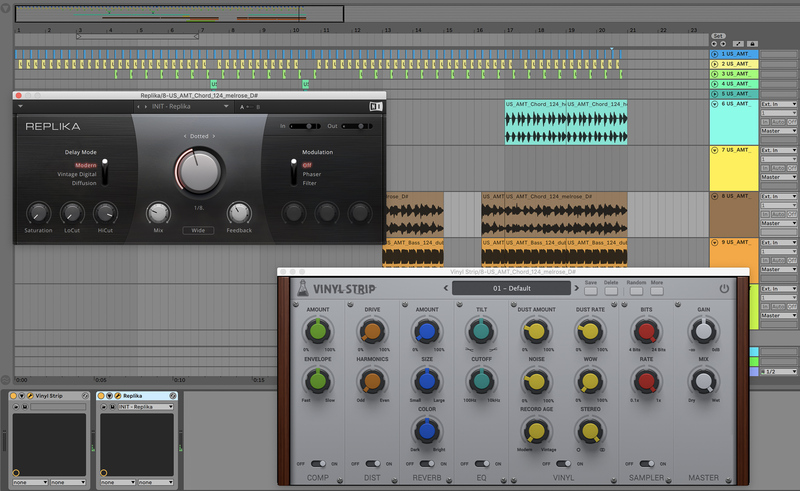
6. Reverb for Techno
Reverb should be used very sparingly, but should indeed be used. With so many electronic-only sources going into a techno track, it’s vital that each has a sense of space around it. On percussion, try and use a reverb processor that can have its Late Reflections section disabled, leaving only the Early Reflections. ValhallaDSP plugins are useful for this.
Go very easy on your mix level for these reverbs, using them only to introduce a sense of ‘direction’ and ‘space’ – no audible echo.
7. Filters for Techno
Filtering is used in two main ways in techno. While mixing, use gentle filters that resemble analogue-style hardware, making 6dB or 12dB high- or low-pass filters where necessary to help instruments work together.
To evolve the sound of a synth element, meanwhile, introduce some resonance to a filter, and slowly move the cutoff over a few bars using automation in your DAW, and then back down again.
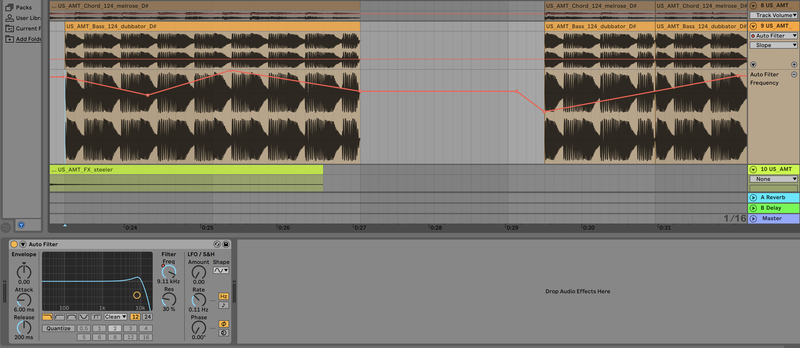
8. Delay for Techno
Delay is a key effect for your lead sounds. Typically, a relatively calm delay Time (1/4) set with a low Mix level and a medium Feedback amount will give you that techno feel when it kicks in, but this is highly dependent on your individual track, and just a starting point for your effect.
Talking variation throughout a track, one key parameter to change is the send level into the delay – you are using your delays on sends, right? This lets you control the amount of signal sent into the delay at crucial points, ramping things up when the track is in full swing or building up, and backing off for the quieter, calmer parts.
Use your delay’s filters to mix in its signal and make the mix a little less busy and crowded. Again, keeping things subtle is key in techno production.
9. Layering Sounds
Sometimes it’s the combination of two sounds that make a unique whole. It’s standard practice in most electronic genres to combine multiple kicks into something that has its energy in all the right places. But it’s not so simple to make sure you don’t end up with a crowded mess of clashing sounds.
Layering isn’t just about adding one thing to another – it’s about making sure they complement each other while doing so, and this often means taking something away at the same time. To help two things blend together, often filtering is your first call – use the top end of one sound alongside the bottom end of the other sound to get a whole that has what you need in both areas.
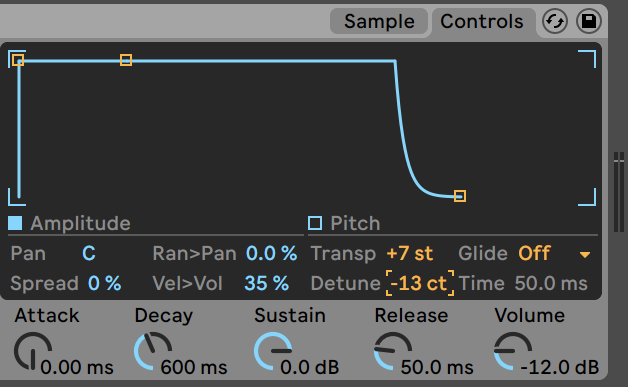
Tuning is also a great way to fit two sounds together. See if you can identify their pitches (even tom hits have their own pitches), and tune one so that it relates to the other by an octave (+/- 12 semitones) or a fifth (+/- 7 semitones). You don’t have to identify the pitches before – if you’ve got a good idea, try tuning one against the other and see when the two sounds fit together well like two notes played on a keyboard.
10. Modular and Analogue Sounds
The roots of techno lie in analogue sounds – particularly in Roland’s 303 and 909 grooveboxes. These have carried over since then, and the analogue sound remains a key element of techno today. Using analogue emulations of effect processors also counts as getting ‘that analogue sound’. Try using classic compressors, filters and distortion effects as plugins to get the vibe that’s associated with the genre.
Modern techno tends to use modern analogue equipment to do its thing. One particular focus of the ‘Berlin school’ (and beyond) in recent years is modular synthesis. While a huge modular rig is out of most people’s price range, there are software versions of modular systems that are way cheaper, take up less space, and can save and recall entire setups. Cherry Audio’s Voltage Modular, Softube Modular, and VCV Rack are perfect examples.
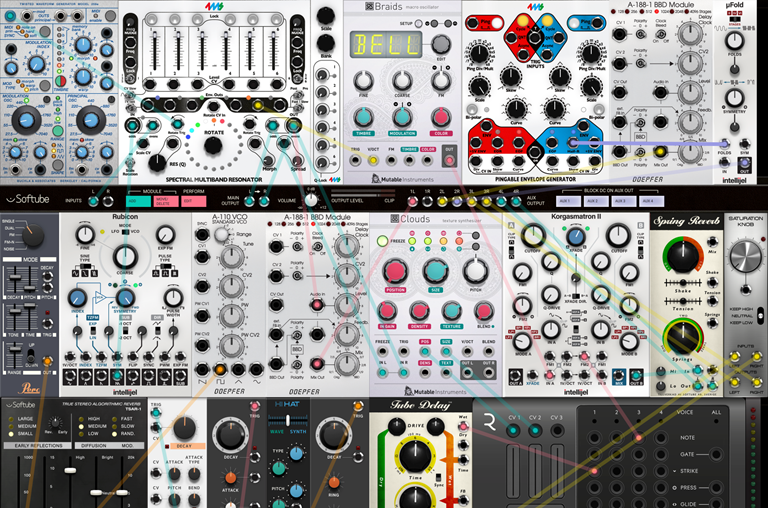
11. Strength in (Low) Numbers
Especially if you’re creating more modern, minimal techno, the aim isn’t to have as many sounds blaring together as possible – it’s to have few elements that are designed perfectly to fit together to make a cohesive whole. Instead of spending all your time building dozens of tracks, concentrate on just a few, and make each sound as strong as it possibly can be, for the benefit of your tune as a whole.
12. Dedicated Claps
Techno is one of the most heavily clap-influenced genres out there, but you’ll often find that most sample packs and synth presets lean far more heavily towards snares. For the techno producer, having a big selection of claps is a must, especially seeing as you’ll want to find the one that fits your track absolutely perfectly.
You can help get your clap/snare hits well-ordered using layering (see tip 9), but it may be more helpful to you to get yourself an actual clap generator. Designing claps using a synthesizer and effects is ideal, and there are even dedicated instruments such as AudioThing’s Hand Clapper that specialize in this task.
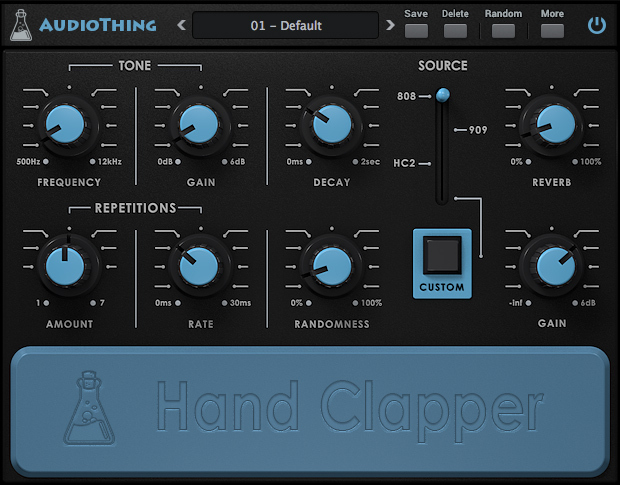
13. Twist your Sounds
Some of the best sounds don’t come straight out of synth patches – they come from completely mangling a sampler beyond all recognition. Using granular synthesis, or getting especially liberal with your sampler’s controls, you can bend, contort and transform samples from one thing into something completely different. Timestretch short sounds into long, textured effects, or compress long sounds into quick, plucky new ones.
14. Randomize your Plugins
Some virtual instruments let you randomize their settings. Depending on the plugin, this could be done to certain panels, or to the whole synth in order to generate a completely new sound. Not every randomization will come out as an inspirational new direction, but you’re only ever a few clicks away from something completely fresh and new. Once you’ve found something interesting, you’ll often have to refine it a little further with some tweaks.
15. Bring the Noise
One of the constituent elements of techno, which can be seen as a key component of both the original Roland hardware boxes and in the modular systems used today, is noise. Get to know how your synths generate noise, and the effects and sounds you can get from it when pushes through envelopes, filtered or otherwise modulated, and your tracks will be all the better for it.
Alternatively, head to our Loopcloud software, which you can use to audition a wealth of noise samples in time with your DAW project.
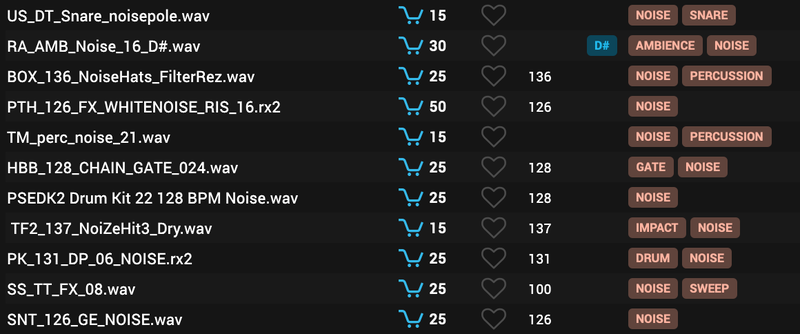
16. Syncopation
Techno is a 4/4 genre, yes, but the key to livening it up is to move off the beat. Syncopation, put simply, means to place the stresses of a rhythm (the accents) on a place other than each beat. This means that while you might have a rhythmic melody line that hits both on and off the beat, try increasing the velocities of some of those notes that lie away from the bar lines and beat lines in your sequencer. You might well want to return to the grid on beat 1 of each bar, but the most interesting, innovative techno music has plenty of action away from those times when the kick hits.
Looking for Techno sounds? Here are the bestsellers on Loopmasters











